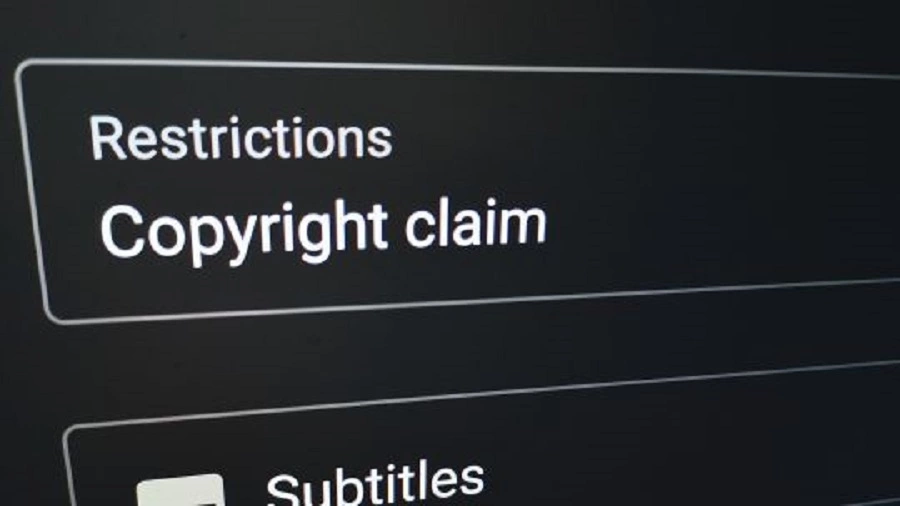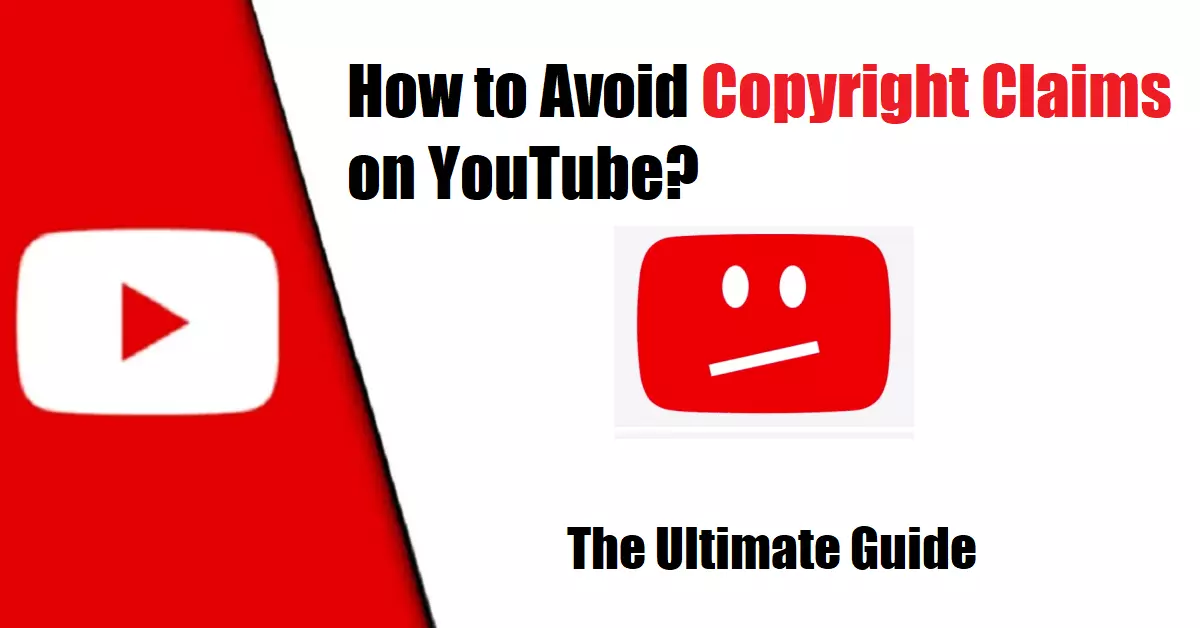How to Avoid Copyright Claims on YouTube? YouTube has become a thriving platform for content creators worldwide. However, navigating copyright laws and avoiding copyright claims can be a challenge. In this comprehensive guide, we will explore the best practices to help you avoid copyright claims on YouTube and maintain a successful channel.
Understanding Copyright Claims on YouTube

What is copyright?
Copyright is a legal protection granted to creators, safeguarding their original works such as music, videos, images, and written content. It also gives creators exclusive rights over their work, controlling its usage, distribution, and monetization.
How does copyright apply to YouTube?
YouTube respects copyright laws and provides tools to protect content creators. When copyright owners discover their work being used without permission on the platform, they can file copyright claims against the infringing videos.
Best Practices to Avoid Copyright Claims
To steer clear of copyright claims on YouTube and ensure your content remains original and compliant, follow these best practices:
Create original content
Creating your own original content is the most effective way to avoid copyright claims. By producing unique videos, you also eliminate the risk of infringing on someone else’s copyrighted material.
Use royalty-free music and sound effects
When adding music or sound effects to your videos, opt for royalty-free or copyright-free options. Many websites offer libraries of free-to-use music and sound effects, ensuring you can also enhance your content without copyright concerns.
Give proper attribution
If you’re using copyrighted material (not recommended) in your YouTube videos, don’t forget to provide proper attribution to the original creators. In addition, Include their name and the source of the material in your video description or as on-screen credits. While attribution doesn’t guarantee protection against copyright claims, it shows respect for the original creators and may reduce the likelihood of claims.
Obtain necessary permissions
If you’re extensively using copyrighted material (not recommended), it is also advisable to obtain the necessary permissions or approval from the copyright owners of the video. This may also involve directly contacting the creators or acquiring licenses through copyright clearance organizations.
Fair Use and Transformative Content
Understanding fair use
Fair use is a legal doctrine that allows creators the limited use of copyrighted videos material without obtaining permission from the copyright owners. It also depends on multiple factors i.e. purpose of use, nature of the copyrighted work and effect on the market for the original work.
Transforming copyrighted material
To stay within the bounds of fair use, consider transforming copyrighted material into something new and original. This could also involve adding commentary, criticism, parody, or using the material in an educational context. Transformative content is more likely to be considered fair use.
YouTube’s Content ID System
How Content ID works
Content ID system in YouTube is an automated tool that immediately scans uploaded videos and verify the originality by comparing with a database of copyrighted content. When a match is found, the copyright owners are notified, and they can choose to monetize, block, or track the video.
Dealing with Content ID claims
If you receive a Content ID claim on your video, you have several options. You can mute the audio, trim the segment, or also replace the infringing content. Alternatively, if you believe the claim falls within fair use or you have the necessary permissions, you can dispute the claim.
Copyright-Free Resources for Creators
Websites offering copyright-free content
Numerous websites provide copyright-free resources for creators. They also offer a vast range of music, images and videos you can use without copyright issues. Some popular websites include Pixabay, Unsplash, and YouTube’s Audio Library.
Creative Commons licenses
Creative Commons licenses allow creators to specify the permissions they grant to others regarding their work. By using Creative Commons licensed content, you can ensure compliance with the terms and conditions set by the original creators while expanding your creative possibilities.
Managing Copyright Claims
Steps to handle copyright claims
If you receive a copyright claim on your YouTube video, follow these steps to manage the situation effectively:
- Carefully review the claim, identifying the segment of your video triggering the claim.
- Determine if the claim is valid or if it falls within fair use.
- If you believe the claim is incorrect or falls within fair use, you can dispute it.
- Provide a detailed explanation supporting your argument, referencing fair use guidelines or permissions obtained.
- YouTube will review the dispute and make a decision.
- If your dispute is successful, the claim will be released, and your video will remain unaffected. If the dispute is unsuccessful, the claimant may escalate the situation.
Filing a dispute
To file a dispute against a copyright claim on YouTube, present a concise and well-supported argument. Include references to fair use guidelines or any necessary permissions obtained. Clearly and professionally state your case.
Also Read: How to Create a YouTube Channel: A Complete Guide 2023
Conclusion
Navigating copyright claims on YouTube can be complex, but by following best practices, understanding fair use, and utilizing copyright-free resources, you can minimize the risk of claims affecting your content. Prioritize originality, obtain necessary permissions, and give proper attribution when using copyrighted material. By doing so, you can create engaging and unique content while adhering to copyright laws.
FAQs
- What happens if I receive a copyright claim on YouTube? If you receive a copyright claim on YouTube, your video may be subject to actions such as content removal, monetization restrictions, or strikes on your channel. Repeat offenses could lead to account termination.
- Can I use copyrighted material in my video if I credit the original creator? Crediting the original creator is important, but it does not automatically grant you permission to use copyrighted material. Always seek proper permissions or consider fair use guidelines.
- How long does it take to resolve a copyright claim on YouTube? The time required to resolve a copyright claim on YouTube can vary depending on factors such as claim complexity, the responsiveness of involved parties, and YouTube’s review process. Generally, it can take several days to weeks to reach a resolution.
- What are the consequences of repeated copyright claims? Repeated copyright claims can have serious consequences for your YouTube channel, including strikes, restrictions, and potential account termination. It is essential to be diligent in avoiding copyright claims to maintain a healthy channel.
- Can I monetize my video if it has copyrighted content? Monetizing a video with copyrighted content can be challenging. In most cases, if your video contains copyrighted material without proper permission, the revenue generated from ads may go to the copyright owner. However, fair use or specific licenses may allow for monetization in certain instances. Consult legal advice or YouTube’s policies for guidance.
Remember to stay informed about copyright laws and YouTube’s policies to ensure a positive and legally compliant experience as a content creator.
Also Read: How to Create a YouTube Channel on Your Mobile Device (2023)


Leave a Reply